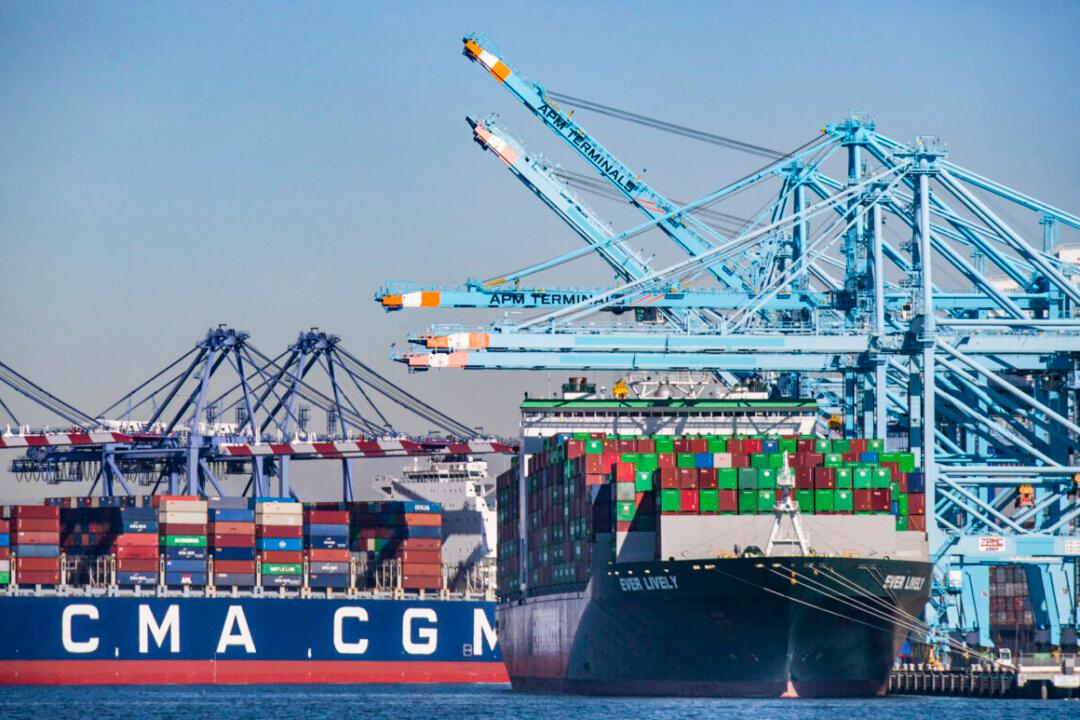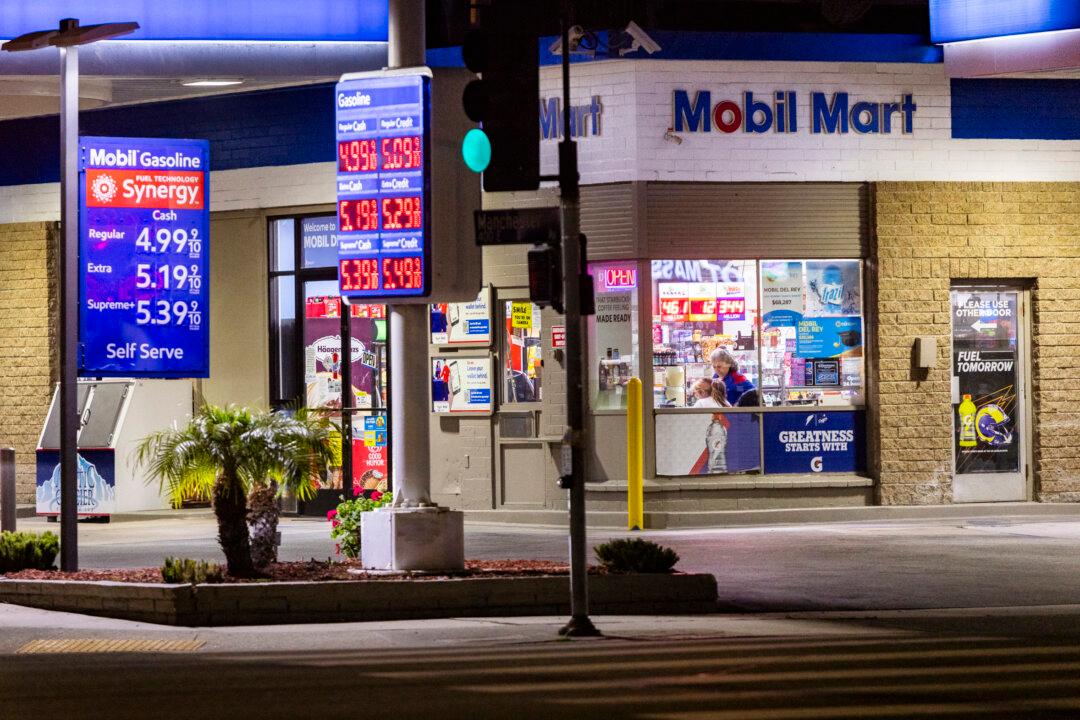High inflation, record fuel costs, and a slowing economy have resulted in a sharp decline in U.S. imports—numbers not seen since the start of the pandemic, experts report.
Imports dropped 11 percent in September compared to the same time a year before, driven mostly by a decrease in Chinese trade, according to an Oct. 10 report by Descartes Systems Group, a logistics research firm.





